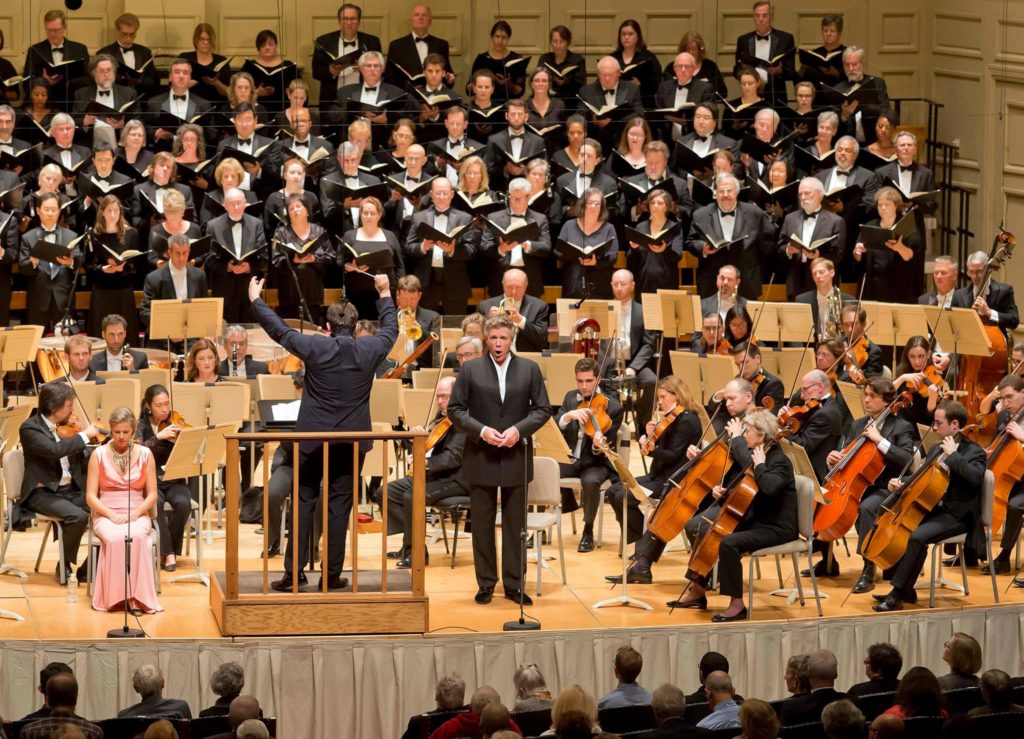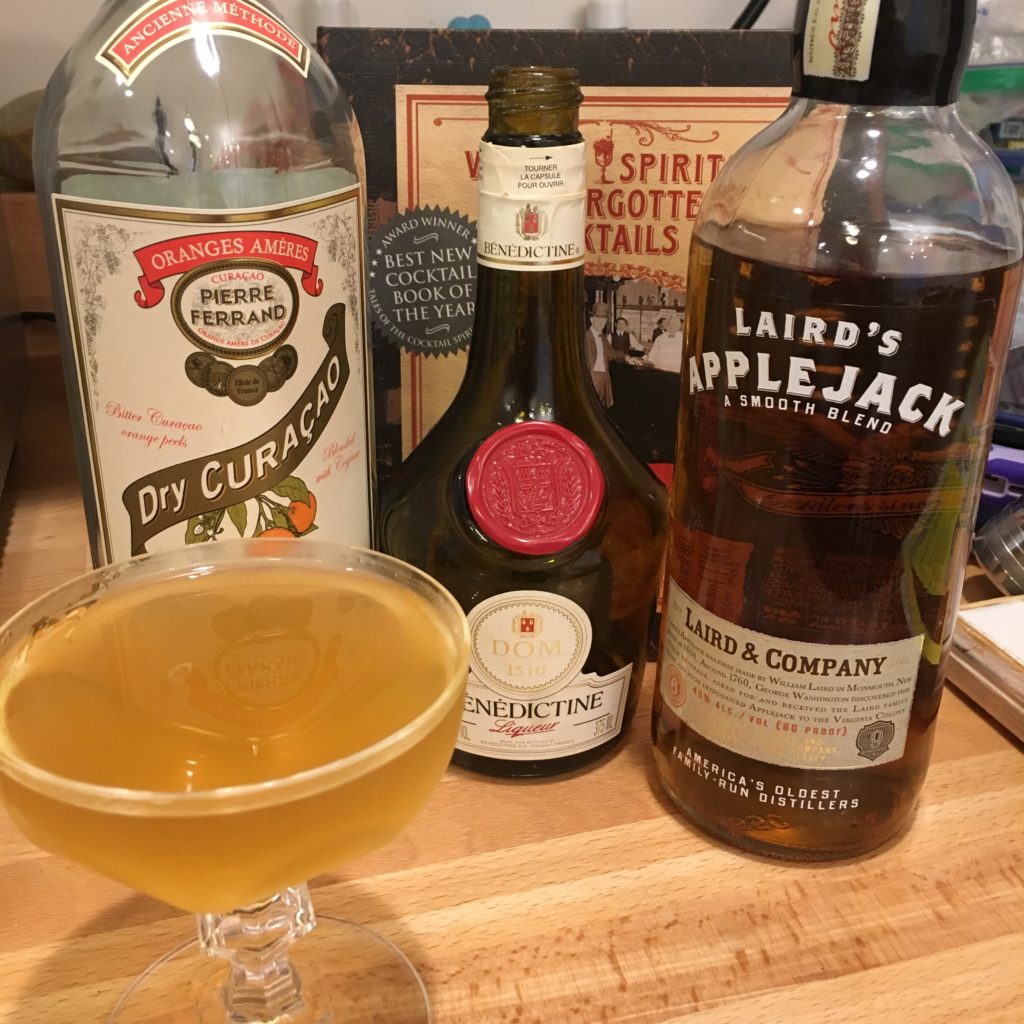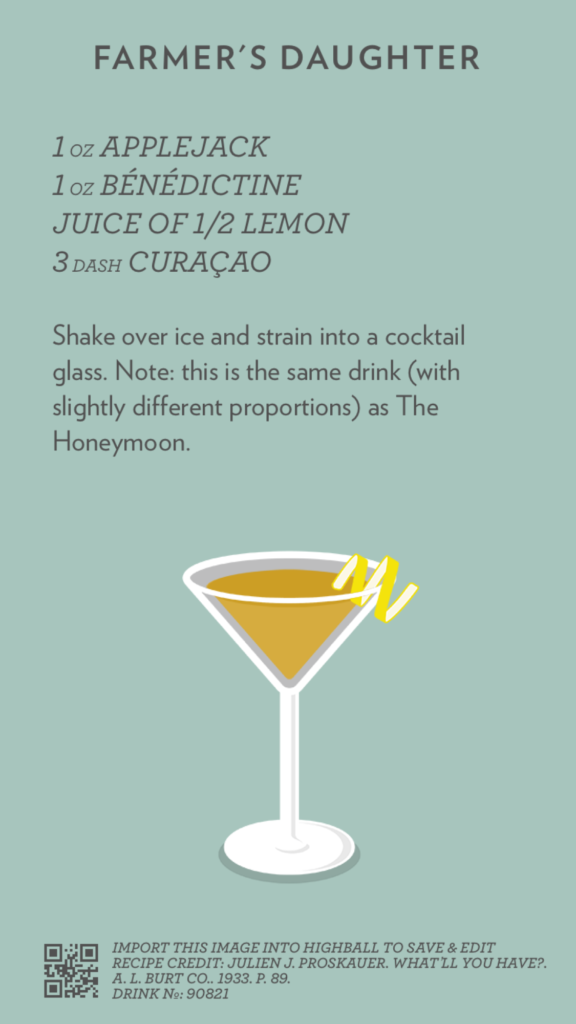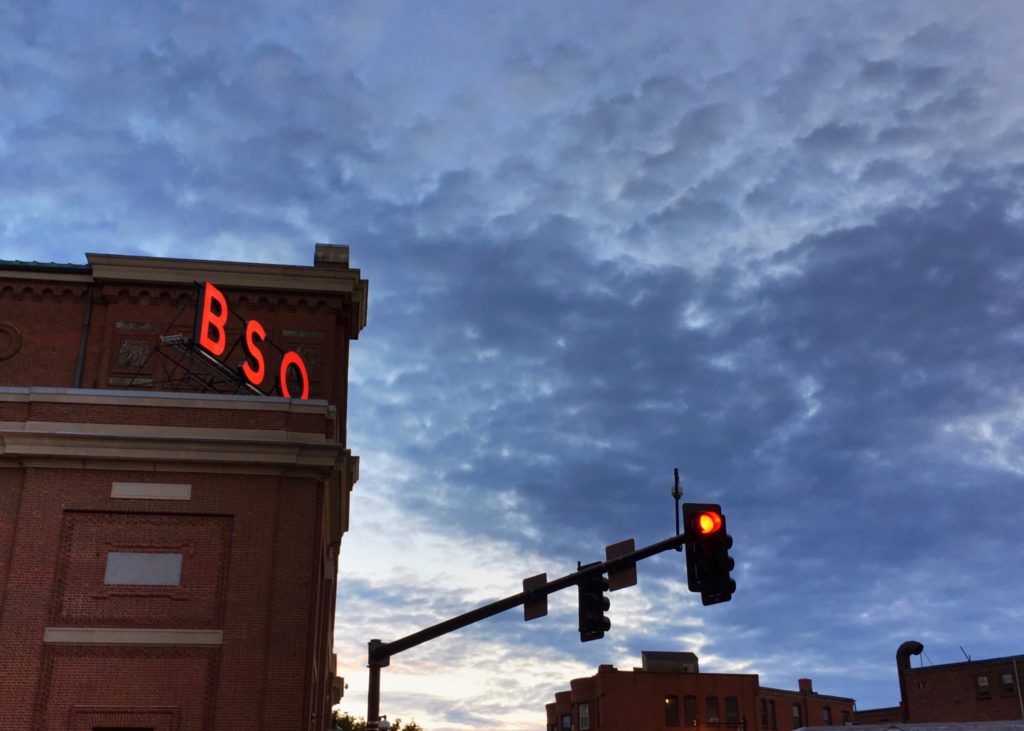Boing Boing: Spy is back! Sort of. No word yet on whether Carl Swanson is on board.
Month: October 2016
Hacking the legal system for reputation repair?
Eugene Volokh and Paul Alan Levy, Washington Post: Dozens of suspicious court cases, with missing defendants, aim at getting web pages taken down or deindexed. Brilliantly slimy hack of the legal system and search engine infrastructure. Google won’t take down search results without a court order? Sue an imaginary defendant with a similar name, get him to settle, and use the settlement to get the pages taken down.
It’s so hot, it’s on fire
CNet: Samsung puts Galaxy Note 7 out of its misery. When your recalled phone bursts into smoke and flames on a plane, it might be time to give up the ghost.
Rehashing the Brahms

This performance of the Brahms Requiem was unique in a lot of ways for the TFC: luminous piano and pianissimo singing, intricate moving lines, and of course our hashed formation. I thoroughly enjoyed singing Saturday but had some difficulties on Thursday and Friday; I think the novelty of singing hashed made it challenging for me to relax sufficiently to provide the right level of vocal support for piano singing, and as a result I had tightness of the voice that affected my high range. But all’s well that ends well, right?
Review time! Generally the reviewers were receptive to our hashed approach, with one significant exception.
David Weininger for the Boston Globe, “BSO stages fruitful dialogue between past and present“:
The Tanglewood Festival Chorus, prepared by guest conductor Lidiya Yankovskaya, generated plenty of power but didn’t exhibit the kind of precision and command evident in previous performances. There were messy entrances, unsteady pitch, and blurry diction. The dynamics were mostly limited to loud and soft, without much middle ground, and balances between chorus and orchestra were sometimes askew.
Georgia Luikens for the Boston Musical Intelligencer, “Widmann and Brahms Obsess Over Death“:
The Tanglewood Festival Chorus, expertly prepared by Lidiya Yankovskaya, brought out this humanism. From the opening “Selig sind…”, the propulsive certainty of faith and hope kept growing. This nuanced take included polished solos from baritone Thomas Hampson and soprano Camilla Tilling. The special qualities are rather difficult to quantify; it goes beyond great musicians making great music. Rather, there was a meditative quality to the more circumspect passages. While the first half of the fourth movement was glorious, the true range of the TFC emerged in the sixth movement, “Oh death where is thy sting?” where the full power and force of this mighty chorus came into full cry. Any choir can sing loudly, but even in the most fortissimo passages, this choir enunciated with precision and control, yet they never lost sight of the narrative.
Aaron Keebaugh for Boston Classical Review: “Nelsons, BSO explore contrasting takes on the eternal from Widmann and Brahms“:
The heroes of this performance were the singers of the Tanglewood Festival Chorus. Prepared by Lidiya Yankovskaya, the ensemble found the soft elegance and stirring emotionalism of Brahms’ score. There were a few tentative moments in the final chorus “Selig sind die Toten,” where the soft passages suffered from some unfocused attacks. But elsewhere the ensemble sounded at its full, resonant best, singing with warm buttery tone in the most famous movement, “Wie lieblich sind die Wohnungen,” where the serpentine lines crested and broke over one another like waves.
Jonathan Blumhofer for Arts Fuse Boston: “Concert Review: Boston Symphony Plays Widmann and Brahms at Symphony Hall“:
The biggest reason for this owes to the excellence of the TFC’s singing throughout the evening: it was warm, focused, and perfectly blended. Excellently prepared this week by Lidiya Yankovskaya and singing with the music in front of them (a departure from the John Oliver days of total memorization), the Chorus sounded notably confident and, even if enunciations of certain words (like “getröstet” in the first movement) were, to begin, questionable, the group gained in Germanic fluency as the piece progressed.
Cocktail Friday: The Farmer’s Daughter

This week’s Cocktail Friday post is a day late, but better late than never. I want to talk about three things today: this cocktail, applejack, and recipe sources.
The Farmer’s Daughter also goes by the name of the Honeymoon, and a fine cocktail for an autumn evening it is, with the apple playing nicely against the Curaçao (not blue Curaçao) and the sweetness alloyed by the lemon. It’s what the doctor ordered and a lovely way to use applejack.
Speaking of which: what is applejack anyway? Time was, you wouldn’t have had to ask that question. Because it was easy to make from cider, it was a hugely popular colonial beverage and was made throughout the colonies, though Laird & Company, the oldest licensed distillery in the United States, was the main source for years. Their applejack was so well known, George Washington is said to have asked Robert Laird for the recipe. (Ironically, while it was originally distilled in New Jersey, they now source the apples and make the product right in the Shenandoah Valley of Virginia.)
This brings us to the last point: sources. Most days you’ll see me post recipes from a variety of sources, but I often find my way to a cocktail recipe through one of a few iPhone apps. This one was indexed in Martin’s New and Improved Index of Cocktails and Mixed Drinks, a fantastic app that not only has thousands of recipes but also tells you which of them you can make with the stuff in your bar. The recipe also pointed to one of my favorite non-digital sources of cocktail lore, Ted Haigh’s Vintage Spirits and Forgotten Cocktails, pictured above. I won’t say it’s the most essential cocktail book you’ll ever own, but for sheer pleasure of reading and thoroughness of research it’s well worth it.
As always, if you want to try the recipe, here’s the Highball recipe card. Enjoy!

Our brickbuilt future

Having fun paging through Tom Alphin‘s photos from Seattle’s BrickCon 2016. I think if you had showed me this much Classic Space LEGO in one place as a kid, my head would have exploded.
Is that a Lego wave motion gun on that thing in the background? I’d love more pictures of it.
Spoiling it for everyone else
The Verge: Replacement Samsung Galaxy Note 7 phone catches fire on Southwest plane. If the FAA bans smartphones from flying over this, I know who I’m blaming. Note the kicker last line.
Mid-week Brahms Requiem thoughts
I learn something different each time I perform the Brahms Requiem. This time, what I’ve learned is that singing hashed is wonderful in the chorus room and slightly scary on stage. But once you get past the fear of exposure, it’s still pretty darned glorious.
We’re singing this one with Thomas Hampson and Camilla Trilling. Some of us caught Ms. Trilling singing the sixth movement fugue with us, quietly, from memory. Some pieces are made to be internalized.
Security Goofus and Gallant
Gallant turns on opt-in end to end encryption in its flagship Messenger service.
Goofus builds a tool to search for CIA-provided keywords in its users’ email, then exfiltrates email with matching strings to an insecure externally facing intercept location—all without informing its CISO, who subsequently resigns.
Oh, my head
Five Thirty Eight: Election Update: The Craziest End To The 2016 Campaign Runs Through New Mexico. There’s a scenario in which there’s a tight electoral college such that the electoral votes in New Mexico might decide the election, but in which Gary Johnson holds those votes. I don’t even wanna think about how that scenario plays out afterwards.
Our Siri future
OSXDaily: Use Siri on the Mac! A List of Mac Siri Commands. I’m still one OS version back on my work Mac, so I’m looking forward to being able to try these out soon. I do wonder what sort of look I’ll get from my coworkers, though.
Farewell Roy?
Alabama’s activist judge Roy Moore was removed from office for gross misconduct on Friday for his role in blocking same-sex marriage legislation. It’s all First Amendment until it runs into violations of federal court orders, folks.
Speedballs for Hitler
Boing Boing has a pointer to information about Norman Ohler’s Blitzed: Drugs in the Third Reich, which lays out the degree to which Nazism in general, and Hitler in particular, grew dependent on meth and oxycodone.

